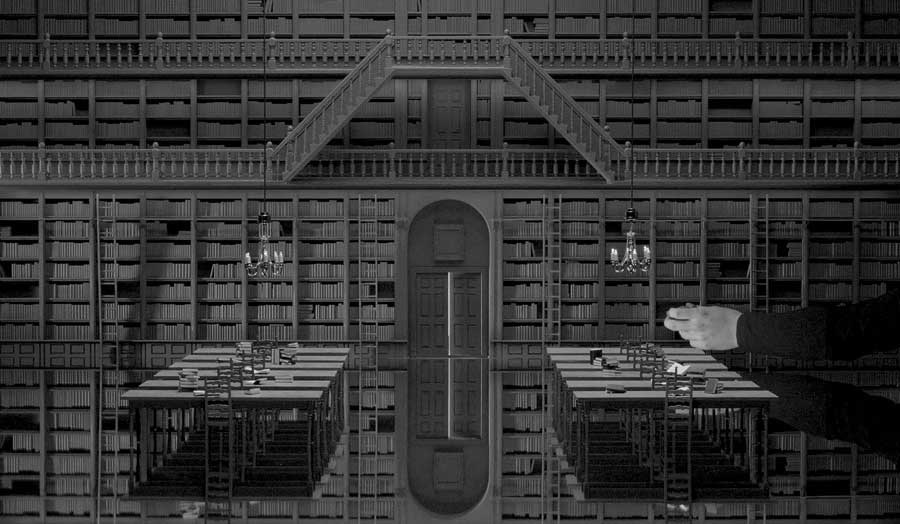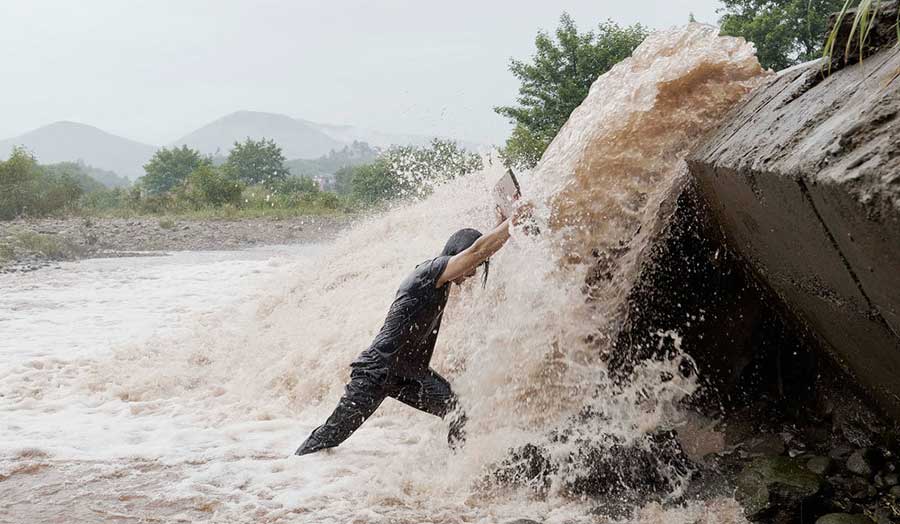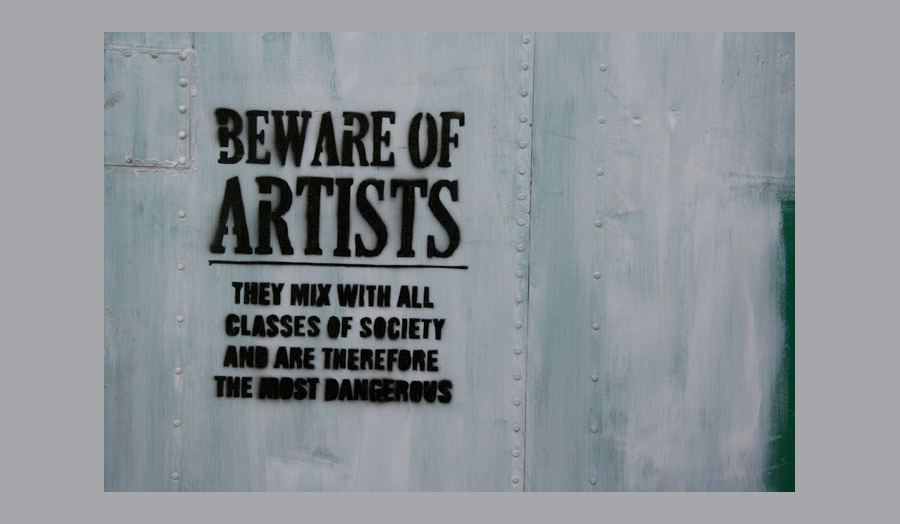Nicolas de Oliveira
This studio will be delivered online.
The studio looks at space as practice, since each location is a mutable entity framed as a moment in time, populated by individuals and shaped by their actions as artists, musicians, curators, designers, architects, writers and spectators. Space can be a kind of frame or perhaps stage on which things take place. Space is the catalyst for having things happening.
Writing about these spaces filled with diverse practices in creative, critical and challenging ways is the focus of the dissertation, yet it ought not to be seen as a separate task, but as a way of intervening in the work and its creative process and reception. Writing, in this way does not stand apart from the work, but becomes an integral part of it.
In the 21st Century, everything seems to be less substantial, tangible – reduced or augmented to an atmosphere. In theatre, cinema and installation space largely ceases to be functional and tends towards illusion and special effect – dominated by immersive atmospheres. As technologies render virtual space an everyday occurrence it is imperative that we be able to understand the perceptual and conceptual shifts it brings about.
Studio 6 considers forms of writing as a means of interacting with the cultural and material world – through books, objects, exhibitions and buildings. Instead of focusing solely on the pragmatics of physical stuff, we seek out the atmospheres of place, site and space. Thus writing can be phenomenological since it chronicles the experience mediated through the senses: it stands alongside it, comments on it, it orders and choreographs. Writing about art and architecture, it is argued, has a strong curatorial remit since the writer intervenes in the presentation by interpreting and reshaping how we perceive and understand. Making exhibitions is then a form of both storytelling and critical engagement with artefacts; the way in which something is presented (visually, sonically or textually) is of great significance to how we perceive it – we can call the display an atmosphere, something that can be read, described and decoding with the aim of shaping our cultural environment.
Seminar programme
- Introduction to the Dissertation Module + Formative Project (Box)
- The role of Atmospheres in Art and Architecture, Lecture Seminar
- Exhibition Visit (Thamesiology)
- Presentation of the Formative Project (Box)
- Curating Display Space: Lecture Seminar + Writing about Art and Space Task
- Presentation/Reading of Student Texts/Reviews
- Group Tutorials
Readings and resources
- Gernot Böhme, The Aesthetics of Atmospheres: Ambiances, Atmospheres and Sensory Experiences of Spaces, Routledge, 2018.
- Katrina Palmer, The Dark Object, Bookworks, London, 2013
- Boris Groys, Going Public, Sternberg Press, 2010
- Michel de Certeau, The Practice of Everyday Life, University of California Press, 2011
- Juhani Palasmaa, The Eyes of the Skin, Wiley, 2012
- Junichiro Tanizaki, In Praise of Shadows, Vintage Classics, 2001
- David Clarke, The Cinematic City, Routledge, 1997
- Kenneth Goldsmith, Uncreative Writing: Managing Writing in a Digital Age, Columbia University Press, 2011
- Dorothea von Hantelmann, The Experiential Turn, 2014
- Nicolas de Oliveira and Nicola Oxley, The Door Ajar: Patrick Jolley, Gandon Press, 2011
- Alex Coles, The Transdisciplinary Studio, Sternberg Press, Berlin, 2012
- Paul O’Neill,The Culture of Curating and the Curating of Culture(s), MIT Press, Camb.Mass., 2012
- David Balzer, Curationism: How Curating Took over the Artworld and Everything Else, Coach House Books, 2014
- Brian O’Doherty, Studio and Cube: On the Relationship between where Art is made and Art is displayed, Princeton Architectural Press, 2008
- Mousse Magazine, On Display, Issue #61, 2017
- Anthony Vidler, The Architectural Uncanny: Essays in the Modern Unhomely, MIT Press, 1994
*
Image: Hans Op de Beeck, Staging Silence (3), video still (detail), 2019

Details
| Tutor | Nico de Oliveira |
|---|

-(1)-(1)-(1).jpg)
















